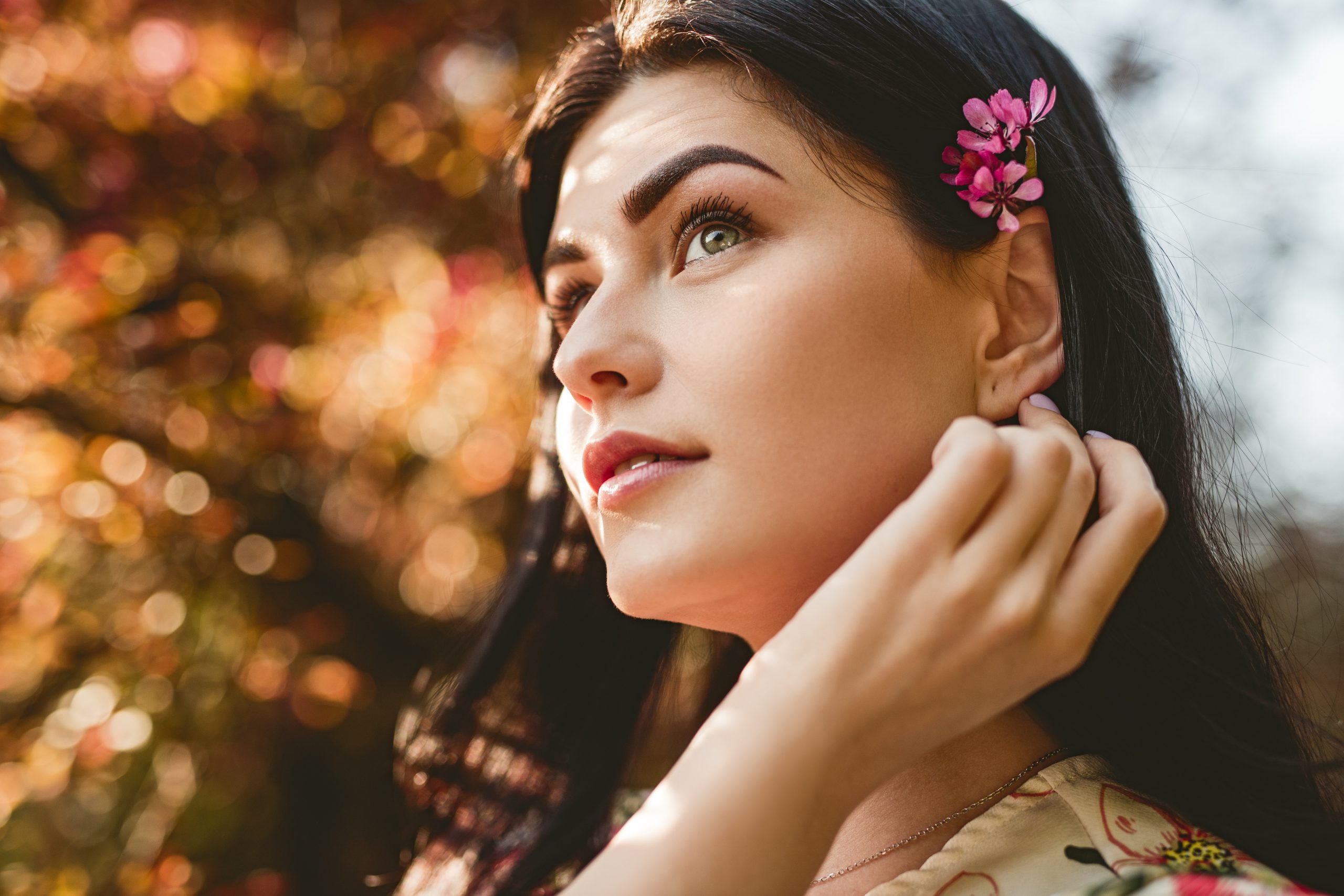
“She’s perfect,” I said, “and I was right.” – Tina Turner
Two-time Academy Award nominee Angela Bassett was a regular fixture during this year’s awards season for her bravura turn as Queen Ramonda in Marvel/Disney’s “Black Panther: Wakanda Forever,” the blockbuster sequel to the 2018 global box office hit “Black Panther,” starring the late Chadwick Boseman.
One of the numerous honors Bassett earned in 2023 was to be included in the Time 100, Time magazine’s ranking of the 100 most influential people. Among other plaudits, each of the Time 100 honorees receive a written tribute, typically from another highly influential person they have ties to. Bassett’s tribute was written by none other than global music phenomenon Tina Turner, whom Bassett famously inhabited on the silver screen in a star-making performance in the 1993 biopic “What’s Love Got To Do With It?” directed by the late Brian Gibson.
The film, adapted from Turner’s best-selling book I, Tina, co-written with music journalist Kurt Loder with a script by Kate Lanier, charts the life and times of Turner from her early days singing in nightclubs in St. Louis, Mo., to become the lead singer of the Ike and Tina Turner Review, up through her epic comeback and rise to global stardom in her mid-40s. Turner went on to win 12 Grammys and sell out music arenas worldwide, among other achievements far too numerous to mention here.
Of Bassett, Turner wrote: “I was a little bit skeptical when work began on the 1993 film. First of all, who are they going to find to sing, dance and act like me? Then, I looked up, saw Angela and immediately started to smile. Angela, the first time we met, you didn’t look, sound, or move like me—that came later after you worked so hard to make it happen. But even then, I could see that the young woman standing before me had strength, determination and big, big dreams, just like me.”

A graduate of the Yale School of Drama, Bassett had been making the rounds as a young up-and-coming actor on both the stage (Broadway and Off-Broadway) and screen (big and small) for the better part of a decade before she landed the highly coveted role.
Bassett became known for playing strong women like Reva Devereaux, the successful single mother of Tre Styles (portrayed by Oscar winner Cuba Gooding Jr.) in “Boyz ‘N The Hood,” the Oscar-nominated debut film by the late writer/director John Singleton. The following year, she starred in two iconic roles. First, as Katherine Jackson in the hit 1992 ABC miniseries “The Jacksons: An American Dream,” and later in writer/director Spike Lee’s magnum opus “Malcolm X” as Dr. Betty Shabazz, the wife of the controversial civil rights leader.
Bassett has said that around the time the opportunity to audition for “What’s Love Got to do With It?” presented itself, she was ready to really cut loose onscreen and hoped to board a project that would present a unique set of challenges. That mission was accomplished.
Dozens of actresses were considered for the part of Turner, including future Oscar winner Halle Berry, Pam Grier, Vanessa Williams, Robin Givens, Janet Jackson, and Whitney Houston (with whom Bassett would later co-star in the 1995 box office hit “Waiting to Exhale”). It came down to Bassett and Sheryl Lee Ralph (2022 Emmy winner for “Abbott Elementary”) after a marathon day of auditioning opposite Samuel L. Jackson, who played Turner’s mercurial husband Ike Turner during the audition. Laurence Fishburne, an Emmy- and Tony-award winner, would go on to play Ike in the film, landing himself a well-deserved Best Actor Oscar nomination along with Bassett’s Best Actress nod. He famously turned the role down five times, citing the one-dimensional lens in which Ike Turner was being portrayed as the main deterrent preventing him from signing on. Following rewrites that gave the character dimension, and once Bassett was cast as Tina, Fishburne signed on.

Bassett was only given a month to prepare for the start of filming in Los Angeles in December 1992. It was a Herculean undertaking, but in her own words, Bassett was up for the challenge. She worked with a vocal coach to approximate Turner’s speech pattern and pitch even before she was officially cast. Bassett lip-synced all of Turner’s vocals, which Turner meticulously re-recorded for the film. However, Bassett did recite the spoken word opening intro for “Proud Mary.” She credits her body movement training at Yale for her ability to learn the strenuous choreography for the film’s stage performances. According to Bassett, director Gibson filmed them from start to finish live over multiple takes. The “Proud Mary” sequence took 18-plus hours to film in one shooting day. Bassett said she would soak her feet between takes, then soldier on to the next setup.
She also stepped up her workout routine to achieve the sculpted figure she displays in the film. Tina Turner was famous for her legs. Ironically, Bassett became famous for her arms after portraying Turner.
All of Bassett’s hard work, dedication, and careful attention to detail heralded the arrival of a major talent to be reckoned with. In August 1998, Time magazine’s Richard Corliss said of Bassett, “Some folks have it, some don’t. Bassett does. She animates and elevates her roles with fire, precision, suavity … As long as Hollywood keeps putting Bassett in big pictures, there’ll be reason for the rest of us to look at them, too.”
Sadly, Tina Turner died on May 24, 2023, in her home in Switzerland following a series of health-related issues. She was 83. As often happens following an artist’s death, Turner’s discography has been rediscovered by longtime fans and gaining new ones.

In the immediate aftermath of Tina Turner’s passing, Angela Bassett released the following statement:
“How do we say farewell to a woman who owned her pain and trauma and used it as a means to help change the world? Through her courage in telling her story, her commitment to stay the course in her life, no matter the sacrifice, and her determination to carve out a space in rock and roll for herself and for others who look like her, Tina Turner showed others who lived in fear what a beautiful future filled with love, compassion, and freedom should look like.”
Bassett continued, “Her final words to me—for me—were ‘You never mimicked me. Instead, you reached deep into your soul, found your inner Tina, and showed her to the world.’ I shall hold these words close to my heart for the rest of my days. I am honored to have known Tina Turner. I am humbled to have helped show her to the world. So on today, while we mourn the loss of this iconic voice and presence, she gave us more than we could have ever asked. She gave us her whole self. And Tina Turner is a gift that will always be ‘simply the best.’ Angels, sing thee to thy rest … Queen.”
The final word belongs to Tina Turner, speaking further about Bassett in her Time 100 tribute to the actress who so famously brought her to life on the silver screen in “What’s Love Got to Do With It?” 30 years ago:
“That’s your gift, becoming your character with conviction, truth, dignity, and grace, even when it’s painful, and takes everything you have and more. It’s not just acting; it’s being. Whether you’re Tina Turner or the Queen of Wakanda, we believe in you because you believe in yourself.
You honor all the women you play, just as you honored me. And you’re still perfect.”




